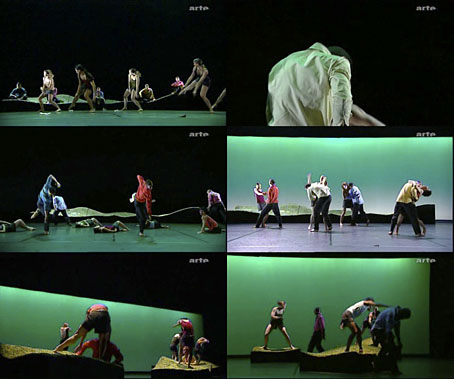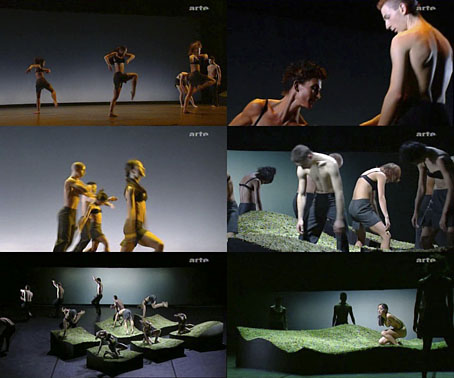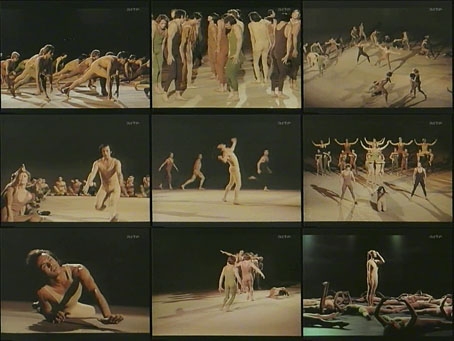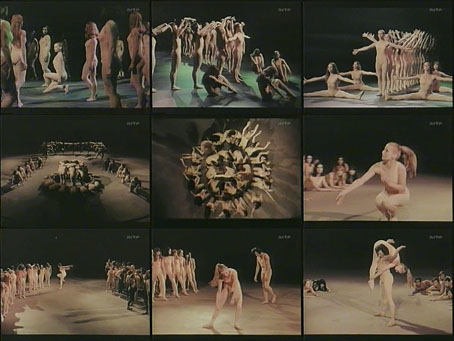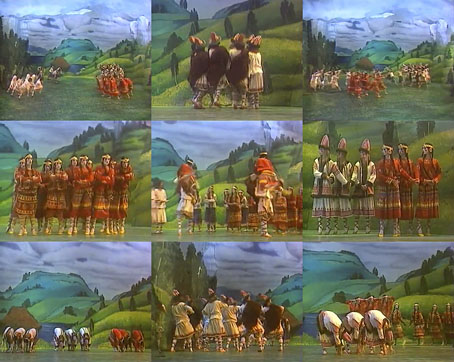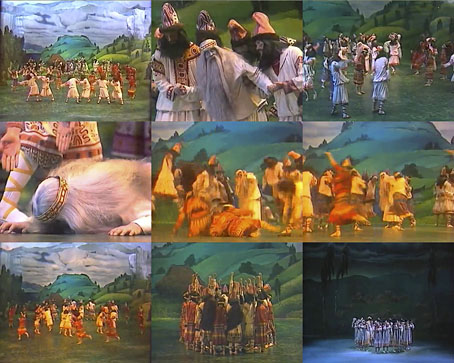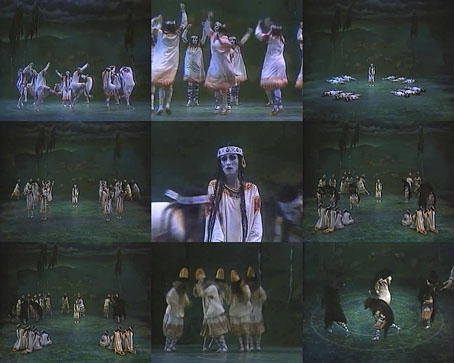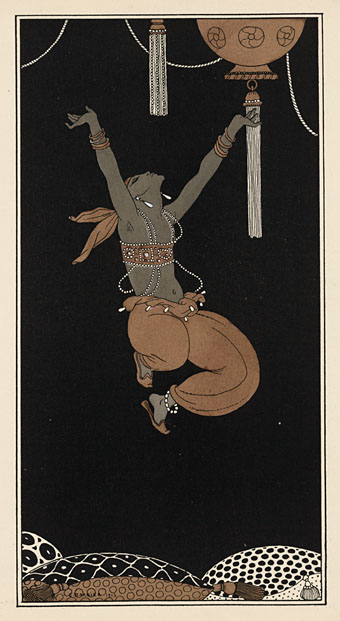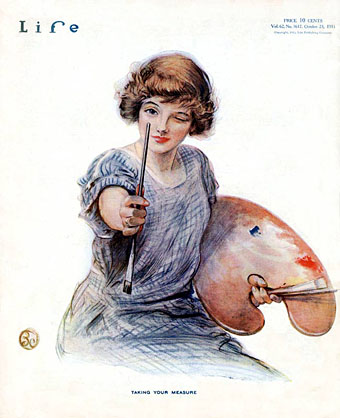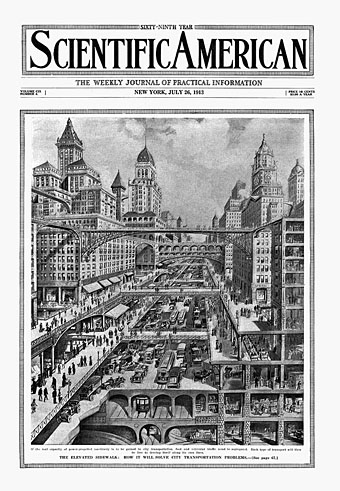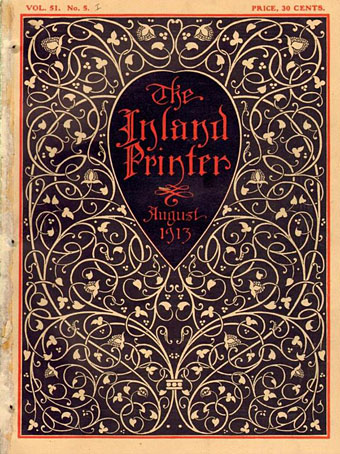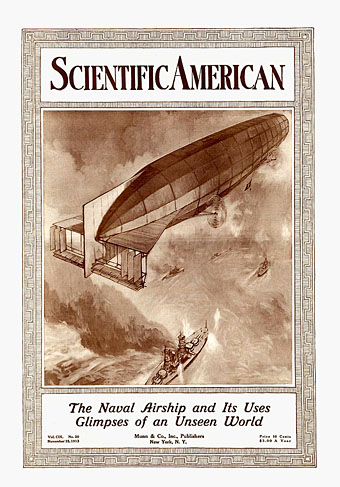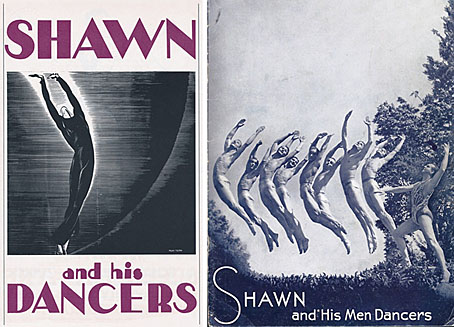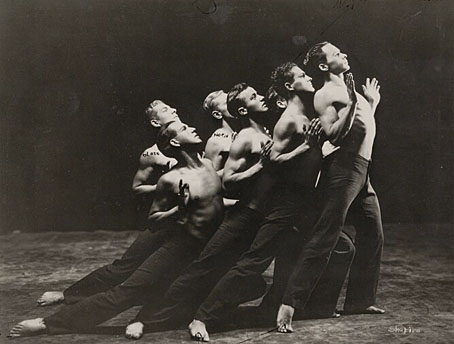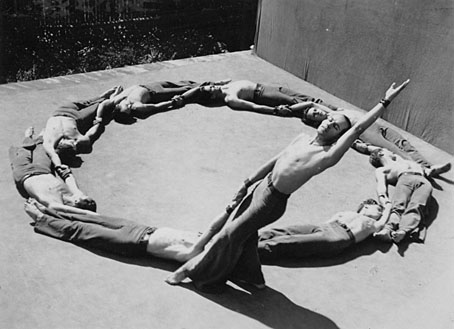Now this one is fantastic… Angelin Preljoçaj’s modern dance interpretation is wildly energetic, and, after a century of the music becoming increasingly familiar, manages to return some of the shock value to the ballet. Preljoçaj dispenses with symbolism and brings the sexual nature of the material to the fore, with recurrent instances of coercion that will no doubt prove intolerable for some viewers. All one can say to that is that this is a ballet which has always been about primitive erotic rituals which culminate in a chosen sacrifice being forced to dance herself to death. (The third part of the ballet—Jeu du rapt—was bluntly translated on a recording I used to own as “Game of Rape”.) For the finale of Preljoçaj’s version the dancer (uncredited, I’m afraid) performs naked. The televised performance benefits a great deal by having a score courtesy of Daniel Barenboim and the Chicago Symphony Orchestra thundering away in stereo. It’s a thrilling piece which shows that a century on The Rite of Spring has lost none of its power when carefully staged. Kudos to Ubuweb for turning up the goods once again.
Previously on { feuilleton }
• The Rite of Spring, 1970
• The Rite of Spring reconstructed

